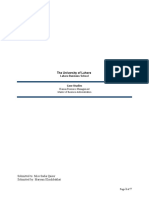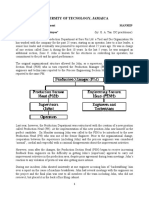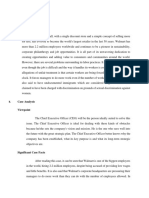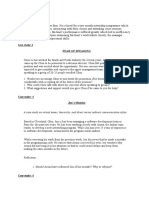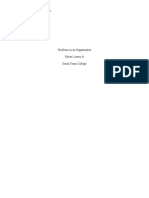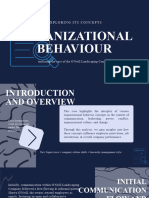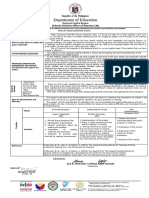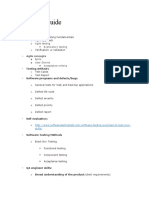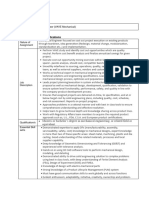0% found this document useful (0 votes)
5 views4 pagesCase Study
The case study discusses the detrimental effects of the 'us vs them' mentality between workers and management, exemplified by Gregory Armitage's experience with discrimination at McDougal machine tools. It emphasizes the need for equality and empathy in the workplace, advocating for recognition based on performance rather than position. Management can mitigate this divide through open communication, recognition of contributions, and team-building activities.
Uploaded by
anandhr6905Copyright
© © All Rights Reserved
We take content rights seriously. If you suspect this is your content, claim it here.
Available Formats
Download as PDF, TXT or read online on Scribd
0% found this document useful (0 votes)
5 views4 pagesCase Study
The case study discusses the detrimental effects of the 'us vs them' mentality between workers and management, exemplified by Gregory Armitage's experience with discrimination at McDougal machine tools. It emphasizes the need for equality and empathy in the workplace, advocating for recognition based on performance rather than position. Management can mitigate this divide through open communication, recognition of contributions, and team-building activities.
Uploaded by
anandhr6905Copyright
© © All Rights Reserved
We take content rights seriously. If you suspect this is your content, claim it here.
Available Formats
Download as PDF, TXT or read online on Scribd
/ 4













